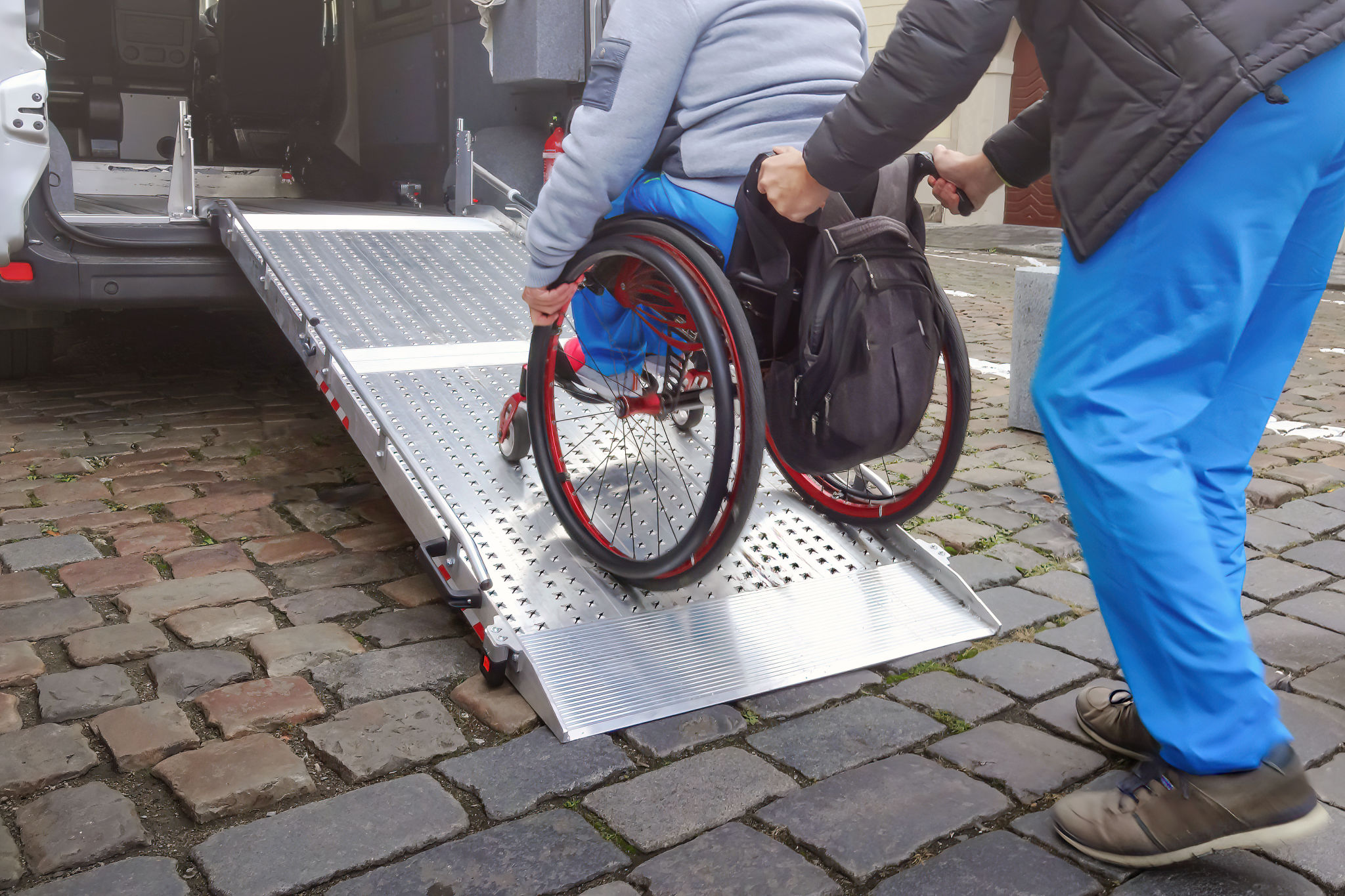Trends in Patient Transportation Services: What Columbus Needs to Know
Understanding the Evolving Landscape of Patient Transportation
Patient transportation services are undergoing significant transformations, influenced by technological advancements and changing healthcare needs. In Columbus, these changes are reshaping how patients access medical facilities, ensuring both efficiency and comfort. As the city grows, understanding these trends is crucial for healthcare providers and patients alike.
One of the most notable trends is the integration of technology into transportation services. Digital platforms and mobile apps are now widely used to schedule rides, track vehicles in real-time, and provide feedback on services. These innovations not only enhance the user experience but also optimize route planning and resource allocation.

The Rise of Non-Emergency Medical Transportation (NEMT)
Non-emergency medical transportation (NEMT) is gaining traction as a vital component of healthcare delivery. It provides a reliable option for patients who need transportation for routine appointments or follow-up visits but do not require emergency care. This service is particularly important for patients with chronic conditions or disabilities who may face mobility challenges.
In Columbus, NEMT services are expanding to include more personalized options. Providers are offering vehicles equipped with wheelchair accessibility and trained personnel to assist patients during transit. This customization ensures that all patients, regardless of their physical limitations, have access to necessary healthcare appointments.
Emphasizing Patient-Centric Services
The shift towards patient-centric services is a defining trend in the transportation sector. Companies are focusing on delivering exceptional customer service, which includes timely pickups, friendly staff, and comfortable vehicles. Feedback mechanisms allow patients to express their satisfaction or concerns, further refining the quality of service provided.

Additionally, partnerships between healthcare providers and transportation companies are strengthening patient transport services. By collaborating with healthcare facilities, transport providers can better understand the specific needs of patients and tailor their services accordingly. This synergy not only improves patient satisfaction but also enhances operational efficiency.
Sustainability and Environmental Considerations
The push towards sustainable practices is influencing patient transportation services as well. In Columbus, more companies are incorporating eco-friendly vehicles into their fleets to reduce carbon emissions and promote environmental responsibility. Electric and hybrid vehicles are becoming more common, aligning with global efforts to combat climate change.

Furthermore, shared transportation models are being explored as a way to minimize the number of vehicles on the road. Carpooling options for patients attending appointments at the same facility or living in proximity can significantly decrease traffic congestion and emissions, while also providing cost savings for both providers and patients.
Future Directions and Innovations
As technology continues to evolve, so will patient transportation services. The development of autonomous vehicles holds promise for the future, potentially revolutionizing how patients travel to and from healthcare facilities. These advancements could offer even greater convenience and safety for patients.
Moreover, integrating data analytics into transportation services will allow for better prediction of patient needs and optimization of resources. This data-driven approach can lead to more efficient scheduling, reduced wait times, and improved overall service quality. Columbus is poised to benefit from these innovations as they become more mainstream.
In conclusion, patient transportation services in Columbus are experiencing a period of dynamic change. By embracing technology, focusing on patient-centric models, and prioritizing sustainability, these services are enhancing healthcare accessibility for all residents. Staying informed about these trends ensures that both providers and patients can make the most of what the future holds.
